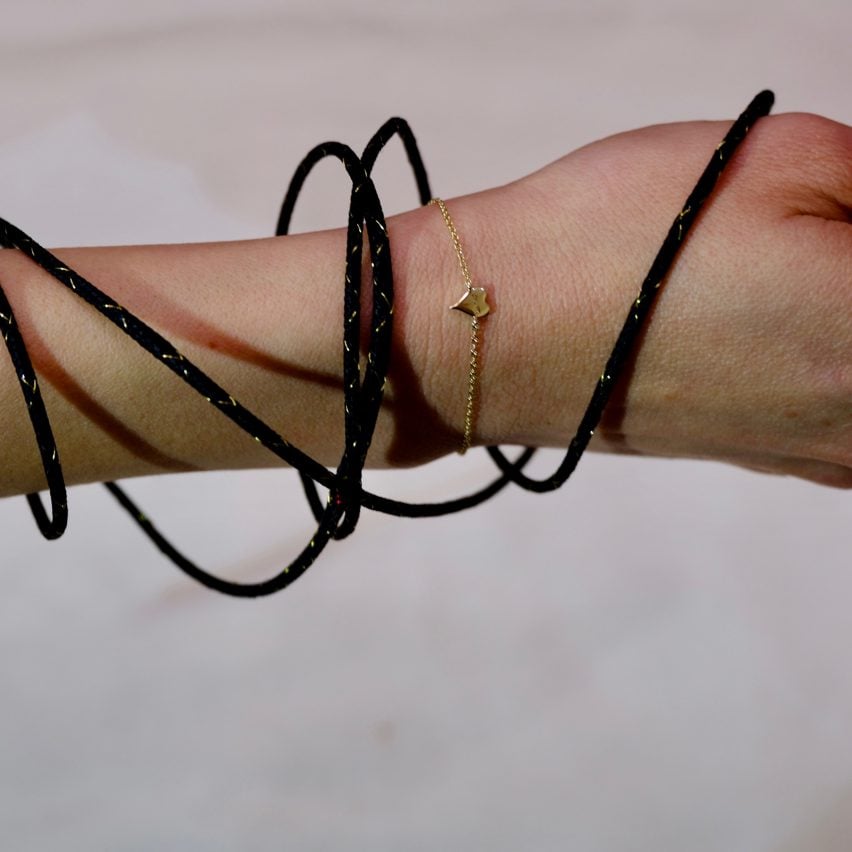Massachusetts Institute of Technology researchers have created a thin and flexible fibre computer and woven it into clothes, suggesting a potential alternative to current wearable electronics.
Created by the Fibers@MIT lab, the computer is made up of a series of minute devices – including sensors, a microcontroller, digital memory and a battery – all stretched out to create a single elastic fibre.
Several of these fibre computers were mixed with traditional fibres to create a top and leggings. These articles of clothing were then used to analyse movement, and in the next stage of testing, they will be incorporated into base layers worn by the US Army and Navy service on a real-world Arctic research mission.

The fibre computer will monitor the service members’ health on the 30-day mission, where they will be exposed to extreme cold, in the hope that they can ultimately predict and prevent injury.
Fibers@MIT principal investigator Yoel Fink said that the fibre computer is more geared to this kind of task than conventional wearables, because it is widely distributed over the body rather than concentrated on a single spot like the wrist or chest.
“Our bodies broadcast gigabytes of data through the skin every second in the form of heat, sound, biochemicals, electrical potentials and light, all of which carry information about our activities, emotions and health,” said Fink. “Unfortunately, most if not all of it gets absorbed and then lost in the clothes we wear.”
For this reason, he wants the clothes themselves to do the work of capturing, analysing, storing and communicating data.

“In the not-too-distant future, fibre computers will allow us to run apps and get valuable health care and safety services from simple everyday apparel,” he said.
The fibre computers are machine washable, comfortable and “nearly imperceptible” to the wearer, according to the researchers.
They are made using a type of ultra-flexible thermoplastic polymer, which allows the fibre to stretch by 60 per cent or more without causing a failure to the electronics.
The fibres are made by first assembling the computer components within a small pellet of the polymer and then stretching it at high heat until it is long and thin like a piece of string.

The computer components are made of a mix of materials similar to regular electronics and connected by copper microwires, which end up distributed along the length of the fibre.
This fabrication process is one that the Fibers@MIT lab has been applying for many years, using elastic conductors that don’t break when the fibre is stretched, maintaining functionality.
However, the fibre computer represents a leap forward in terms of its complexity, achieved by using a flexible circuit board in a cylindrical shape to connect the multitude of components.
As well as sensors, a microcontroller, digital memory and a battery, the computer includes LED and light sensors that enable multiple fibres to communicate within a garment, and a Bluetooth module that sends data to a smartphone or similar device.
For comfort and durability, the polymer fibre is finished with a braided covering made from conventional materials. Polyester, merino wool, nylon and silk are all options, according to the researchers.
In the Fiber@MIT group’s first tests, the fibre computers operated a machine-learning model trained to recognise exercises such as squats, planks, arm circles or lunges.

The individual computers were found to be able to identify these exercises correctly with an average accuracy of 70 per cent, which increased to 95 per cent once four computers within a single outfit were networked. Their results were published this week in the science journal Nature.
In the upcoming Arctic mission, the computers will provide real-time information on the participants’ health and activities, with the view to one day creating digital twins for enhanced monitoring. However, the researchers see a wide range of applications for the fibre computer across health and wellness fields.
“The convergence of classical fibres and fabrics with computation and machine learning has only begun,” said Fink.
The Massachusetts Institute of Technology is one of the world’s leading technology universities. Recent advances to have come out of the institution include a 4D-knit dress that changes shape in response to heat and a battery alternative created from cement and carbon black.
The photography is courtesy of Fibers@MIT.
The post MIT researchers create "fibre computer" that can be woven into clothes appeared first on Dezeen.

